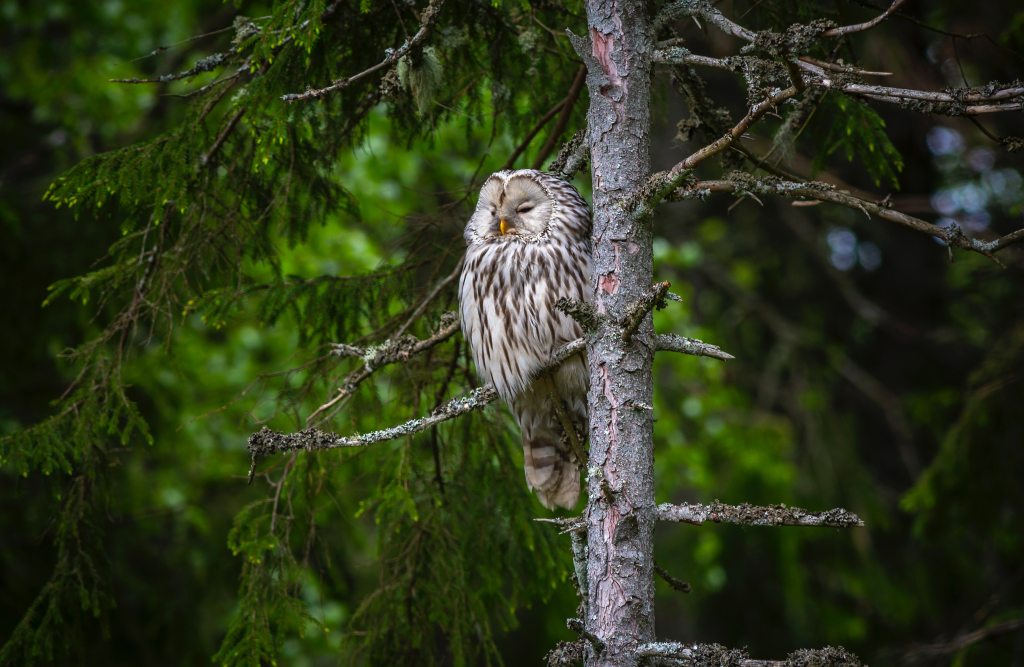World Heritage-listed Fraser Island is the world’s largest sand island and is a mecca for four-wheel-driving enthusiasts from across the globe. Seventy-Five Mile Beach is a gazetted highway that runs up the surf side of the island and provides access to the townships of Eurong, Dilli Village, Happy Valley, Orchid Beach and Cathedral Beach.
More than 1500km of sand tracks crisscross the island taking you to some of the best natural attractions Australia has to offer including Lake McKenzie – a fresh water lake perched high in the sand dunes. We urge visitors to spend a few days exploring the beautiful freshwater lakes and creeks, ancient rainforests, massive sand blows and coloured sands.

Seventy-Five Mile Beach also provides some of the best beach fishing. But don’t take our word for it…
- TNT Australia Magazine has compiled their top Aussie islands – including Fraser Island at the top of the list – in the May 6-19 issue of their popular travel magazine. (May 2013).
- Fraser Island, jutting off the east coast of Queensland, has been voted number 1 in UK newspaper The Telegraph’s travel section poll on Favourite Australian Island Escapes (April 2013).
- Fraser Island’s 75 Mile Beach is one of the ten best in Australia according to a new book – 101 Best Australian Beaches (November 2012). The author’s picked Fraser’s popular eastern beach as one of their ‘favourites’ writing: “This long beach on Queensland’s Fraser Island boasts ancient coloured dunes, bubbling freshwater springs, pristine lakes, and rainforest filled with wildlife. An astonishing 354 species of birds have been seen on the island, while the surrounding waters are home to dolphins, whales, dugongs, turtles and huge rays.”
- TNT Magazine has just named Fraser Island in their ‘sexy’ Top Ten Australian Islands (October 2012).
- American travel website CNNGo has named Hervey Bay as the World’s ‘Best Humpback Whale Watching’ destination. (September 2012).
- National Geographic has recently named Fraser Island as one of the World’s Best Beaches saying “World Heritage-listed Fraser was an “ecologist’s dream”. The Queensland sand island was the only Australian location to make the 2012 list. (June 2012).
- Australian Geographic listed Hervey Bay in the top ten places to Whale Watch in Australia and The Courier Mail named Fraser Island as one of the top ten best getaway drives in South East Queensland (June 2012).
- The Daily Times (UK) named Fraser Island’s eastern beach in their list of the world’s STRANGEST beaches… rainforest growing in sand; swimming in fresh water on an ocean beach; it’s a gazetted highway; it’s a landing strip for planes… we call that pretty awesome! (June 2012).
- Lonely Planet named Fraser Island in their Top Five Treasured Australian Islands (May 2012).
- Discovery’s Travel Channel has previously listed Fraser Island as the World’s Best Beach chosen through consultation with Travel Channel and experts from the US’ leading travel publications including Islands and Travel & Leisure magazines.
- Australian Traveller Magazine rated Fraser Island at number 9 in the list of 100 things to do before you die.
- American business magazine Forbes listed Fraser one of the World’s Sexiest Islands, and the only Australian island to make the list. The list says Fraser Island’s “enormous sand dunes provide plenty of space and privacy for frolicking on the beach” and it names Kingfisher Bay Resort as the place to stay.
- PLUS in 2006 Conde Nast Traveller readers voted Fraser Island into the Top 10 Pacific Islands and previously have voted it to be one of the World’s Top 10 Tropical Islands for three years running.




